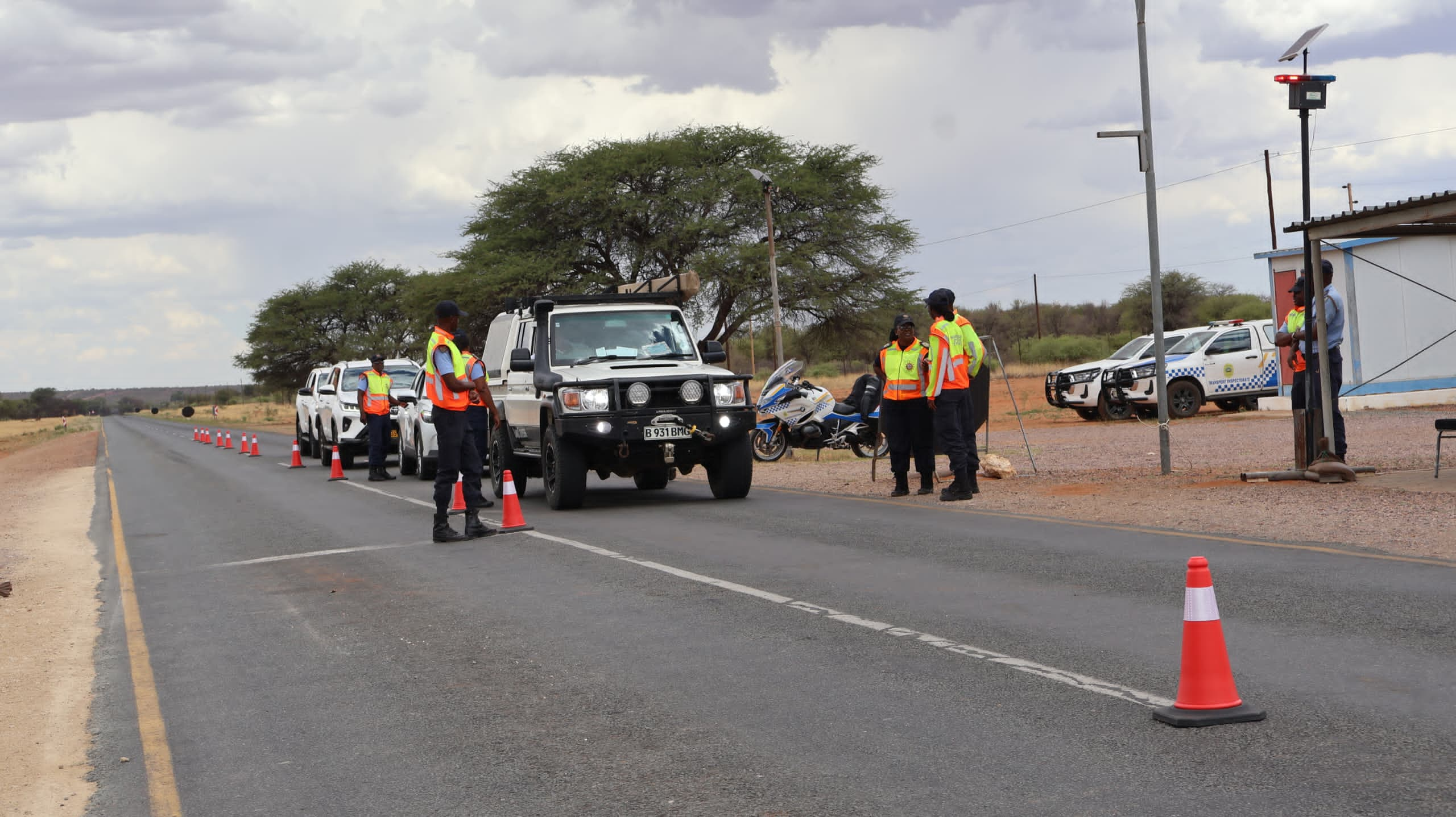The executive director of health and social services, Ben Nangombe, has shared the outcomes of the ministry’s efforts to reduce the mother-to-child transmission of HIV and other vital health indicators.
The data presented reveals a consistent decline in HIV transmission rates over the past three years, showcasing the nation’s dedication to maternal and child health, he says.
Nangombe says the overall mother-to-child transmission rate of HIV has experienced a positive downward trend during the RVC joint missions’ validation process in eliminating the mother-to-child transmission of HIV, syphilis, and hepatitis B.
“According to spectrum estimates, the overall mother-to-child transmission rate of HIV was 4,02% in 2020, 4,41% in 2021, and 4,14% in 2022,” he says.
This trend points to a promising direction in preventing new HIV infections among newborns, Nangombe says.
He says the corresponding mother-to-child transmission rates were 481 per 100 000 live births in 2020, 486 in 2021, and remained consistent in 2022.
A crucial factor contributing to this progress was comprehensive HIV testing among pregnant women attending antenatal care services, Nangome says.
Over the past three years, Namibia has achieved coverage rates, reaching 99,9% in 2020, 99,5% in 2021, and 99,7% in 2022.
This achievement underscored the nation’s commitment to early detection and intervention, he says.
Moreover, antiretroviral therapy (ART) coverage among HIV-positive pregnant women exhibited steady growth.
“The ART coverage among HIV-positive pregnant women was 99% in 2020, 101% in 2021 and 96,5% in 2022,” he says.
Nangombe has also shed light on other crucial health indicators.
“Syphilis testing among pregnant women was 98% in 2020, 92% in 2021, and 97% in 2022,” he says.
He says these accomplishments is the result of evidence-based interventions aligned with global and national standards, bolstered by a robust network of laboratory services and an effective data management system.
“In addition, these achievements have been realised through substantial and meaningful community engagement, the involvement of people living with HIV, and a strong commitment to gender equality and human rights,” he says.
Dr Mary Brantuo, the World Health Organisation (WHO) officer in charge, says the Triple Elimination Initiative aligns with the global commitment to eliminate the vertical transmission of HIV, syphilis, and the hepatitis B virus.
Brantuo says the initiative has not only expanded the capacity of maternal and child healthcare services, but has also prompted countries to make simultaneous commitments to the elimination of mother-to-child transmission.
She says this approach fosters integrated service delivery, ultimately improving health outcomes for mothers and children.
“This aligns with the new global health sector strategy for HIV, viral hepatitis, and sexually transmitted infections for 2022 to 2030, envisioning the end of epidemics and the advancement of universal health coverage, primary healthcare, and health security, ensuring accessible high-quality, evidence-based, people-centred health services for all,” she says.
The WHO/Afro, serving as regional validation secretariat, has convened the regional validation committee to review the status of achievements.
The regional validation committee comprises experts from various entities, including United Nations agencies and the WHO, development partners such as the United States Centres for Disease Control, ministries of health, civil society, and academia.
Their collaborative efforts aim to assess the progress towards elimination goals.
Stay informed with The Namibian – your source for credible journalism. Get in-depth reporting and opinions for
only N$85 a month. Invest in journalism, invest in democracy –
Subscribe Now!







